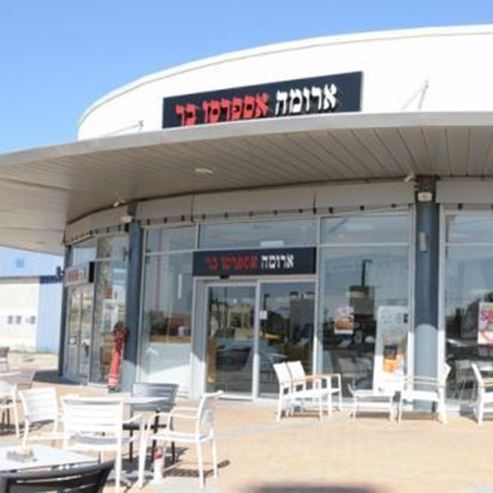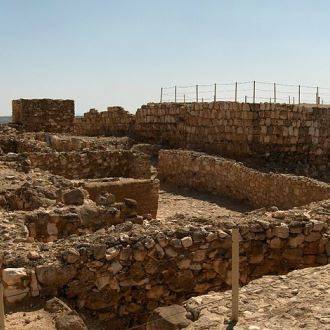There’s Something New at the Tel of Fortresses
Visit an archaeological site
The Tel Arad National Park presents the extraordinary story of a major city, the only of its kind in the Negev during the early Bronze Age, and of the Tel of Fortresses during biblical times. The NPA allows you to visit the impressive water facility of the Tel of Fortresses.
The Main Points of Interest
Early Bronze Age city
The Arad home
The ancient water system
A temple from the period of the First Temple
An Israelite fortress
Observation Point
There is a beautiful view of the Judean Desert from the top of the Israeli fortress.
NPA Activities to Improve Services to Visitors and to Conserve the Site
The NPA has prepared a parking area, installed bathrooms, and posted explanatory and illustrative signs. The NPA has preserved and restored the temple and the water system at the Tel of Fortresses. There is a covered area in the parking area, which offers mattresses, bathrooms, hot showers, a cooking area, a cafeteria, lighting and mobile phone charging units.
How to Get There
From the Tel Arad Junction, (Highway 31, the Arad-Shoked Junction) turn north onto Road 2808 and drive 2 km until you get to the Tel Arad National Park.
Background
During the early Bronze Age (3300-2200 BCE), Tel Arad was the only large city in the Negev. Its residents made their living from agriculture and commerce. They raised sheep and cattle, and crops such as wheat, barley, peas, chickpeas, and olives. They traded with other Canaanite cities and with Egypt, evident from the clay pots of Egyptian origin found at the Tel. Arad may have been on the Copper Route – Egypt supplied the metal to Middle Eastern countries. Canaanite Arad was abandoned in 2600 BCE for unknown reasons.
Canaanite Arad had two networks of streets: The first followed the contour lines parallel to the city wall, whereas the other went down to the lower part of the city and to the main reservoir.
During the Israelite period (1200 BCE), a fortress was rebuilt six times, each on the ruins of its predecessor, and a temple was discovered in the courtyard. In 2014, a restoration and conservation project was completed, and the temple and water system from the Israelite period are on display in all their glory. At the heart of the Israelite fortress, you can see the remains of a tower from the Hellenistic period.
Tour Route
Tel of Fortresses
You can get to the Tel of Fortresses by car via the paved road, or by foot from the Canaanite city.
Entrance to the Tel of Fortresses is through the walls on the eastern front. The main new element at the site is the restored temple site and the water facility, which is now open to visitors.
The temple is located in the northwest corner of the fortress. It is apparently Judean, and was in use from the 9th to the end of the 8th century, BCE. It is the only temple discovered from the Kingdom period, and it was built according to the plan of King Solomon’s temple (as described in the bible). The temple consists of three parts: a hall (transept room), a temple with a small niche facing west, and the tabernacle, the Holy of Holies.
There is an altar in the courtyard. It is built of small stones and dirt, and faced with fieldstones (unchiseled stones). The altar complies with biblical orders forbidding the construction of altars with stones that have been chiseled using metal tools. “If you make an altar of stones for me, do not build it with dressed stones, for you will defile it if you use a tool on it” (Exodus 20:25). It seems that sacrifices were offered on a flat stone placed on the altar. Bones, mainly from sheep, were found by the side of the altar.
Two incense altars of different heights were discovered in the Holy of Holies, made of chiseled limestone. Two stone tombstones were discovered, one embedded in the wall. Because ostraca (pottery shards) were discovered here bearing the names Meramot and Pashkur, the names of well-known priestly families, researchers believe that the God of Israel was worshipped in the temple.
In the 8th century BCE, the temple’s use was discontinued and the entire site became covered in dust. The fortress fulfilled its need until the destruction of the First Temple. It is believed that the reason for the discontinued use of the temple was due to religious reforms during the times of Hezekiah and Josiah.
Close to the temple, within the temple area, large and impressive underground water reservoirs were dug. A channel chiseled out of the rock passes through the western wall to the reservoirs outside. In recent years, an archeological dig discovered an ancient water plant at the site. The NPA installed a flight of stairs and now visitors can go down safely to the plant’s reservoir.
In the fort, 100 ostraca (inscribed pottery shards) were found, from various periods. Eighty-five were in Aramaic, and the rest were in Greek and Hebrew. Seventeen ostraca had Hebrew inscriptions, probably during the days of King Jehoiakim (608-598 BCE). It seems that in the year 599 BCE, irregular troops attacked Judea, with the encouragement of Nebuchadnezzar, the king of Babylon. The Edomites took advantage of the bad security situation in Judea, and moved north from the Negev. Pottery shards from that period talk of the distribution of food and of requests for reinforcements, and testify to the plight that the fortress residents were in before it was destroyed.
Canaanite Arad
The tour begins at the central water reservoir. The reservoir is located at the lowest part of the city and collected all the rainwater runoff. At its center, a huge well was dug. The reservoir was used during all the periods that the site was settled, but opinions vary regarding the dating of the quarried well. Its waters were used by the fortress at the top of the hill, and were probably carried up by animals.
From the reservoir, we go south along the wall of the city. Canaanite Arad was surrounded by a strong wall, 1.2 km long and 2.4 meters thick, and has gates, wickets and protruding rounded towers. The wall generally follows the watershed line on the hill.
The residential area is next on the tour. The houses in Arad were built in a uniform style called the “Arad house” in archeological language. An “Arad house” is a broad stone structure with a floor lower than street level, and when entering, the residents went down one or two steps to a hall. Stone benches were built along the walls. At the center of the hall, there is a stone base that probably held a wooden pillar that supported the flat roof. Alongside the hall, there were one or two rooms that served as a kitchen and storeroom. There was a courtyard by the houses for animals and for doing household chores.
From here, the path leaves the area inside the wall and returns to the city limits via the western gate. Behind the gate, we can see the remains of the palace. The palace was a closed structure with a central hall and a few rooms. Its location between the city’s western gates and the water reservoir testifies to its governmental role. The path continues down to the northeastern section of the city, to a sacred area surrounded by walls, containing a few temples. Two stand out in particular: the large temple in the western part of the area, with a smaller temple adjacent to it. Stone headstones were found in the temples, with altars and ceremonial basins, used for worshipping.
From here, we return to the Tel Arad National Park parking area.
- Type
- Hiking
- Region
- South
- Locality
- Arad
- Length
- 1 Km
- Duration
- 2 Hours
- Recommended season
- Spring, Summer, Autumn, Winter
- Starting point
- Tel-Arad, Arad (map)
- Ending point
- Canaanite Arad, Arad (map)
- Special equipment
- Shoes, hat, water
- Precautions
- Do not climb on ancient buildings
- Parking
- Parking
- Circular
- Circular
- Drinkable water
- Drinkable water
- Suitable for children
- Suitable for children
- Picnic suitable
- Picnic suitable
- Phone
- +972-8-6992444
Similar trails
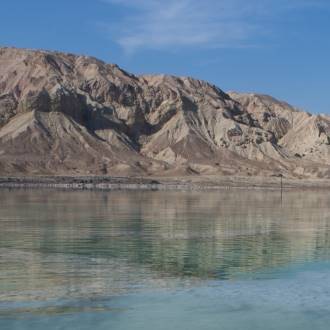
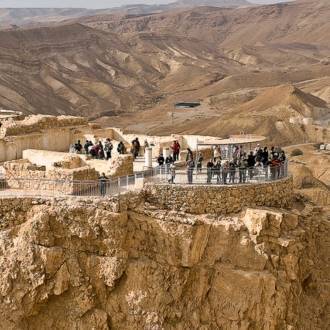
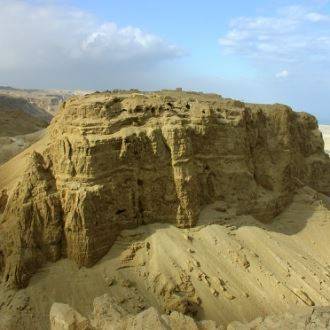
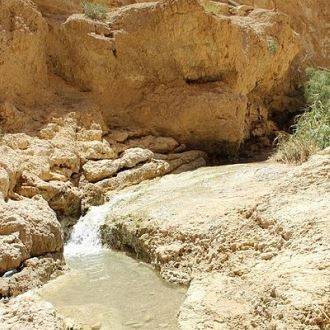
Spring Water For The Ein Bokek Oasis
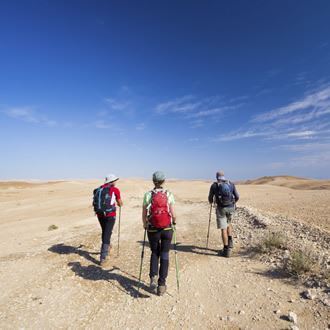
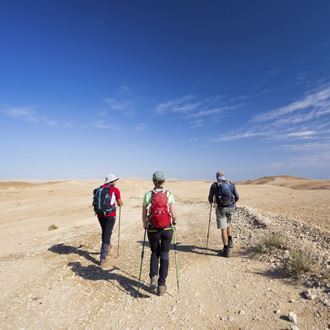
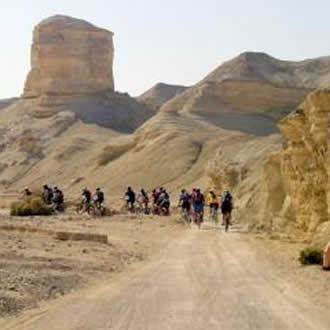
Nearby attractions
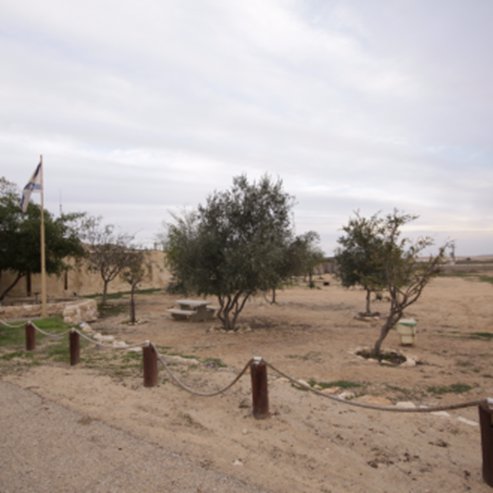
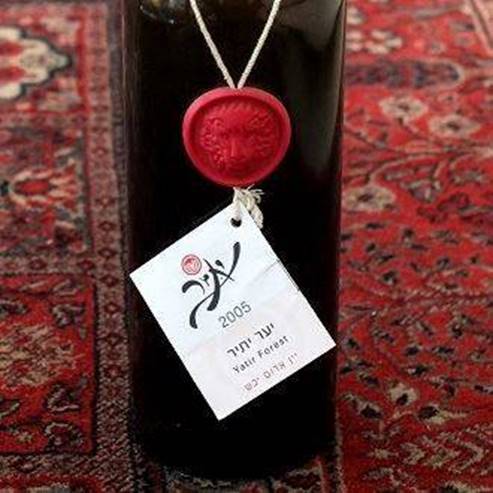
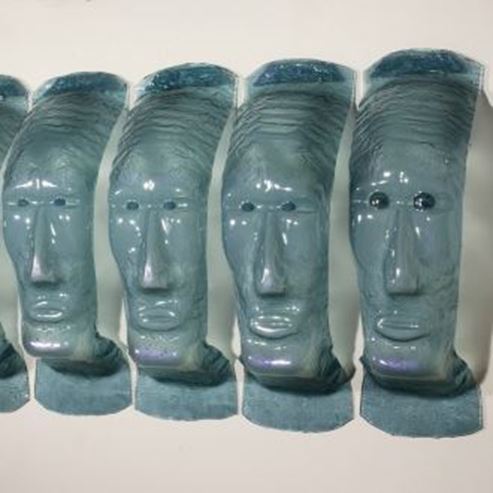
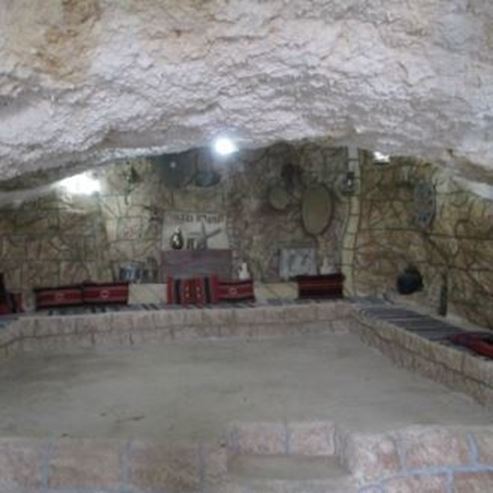
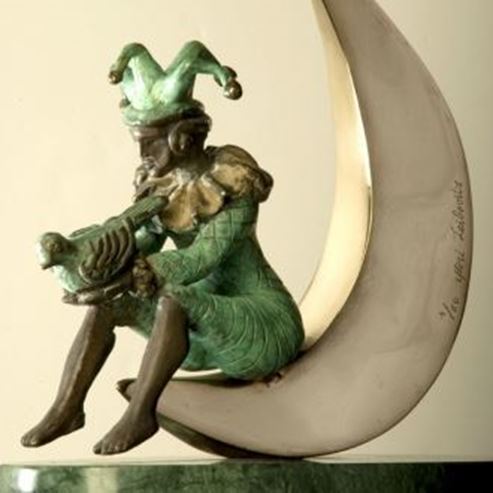
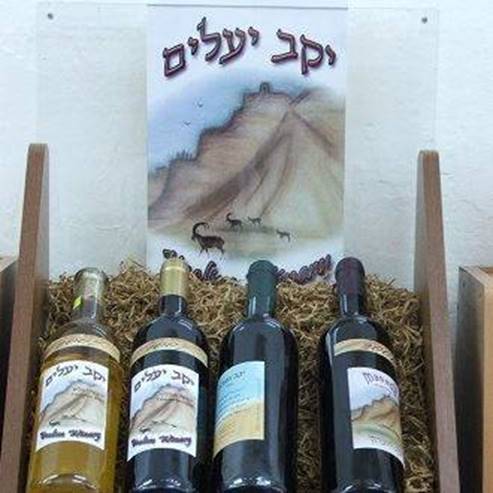
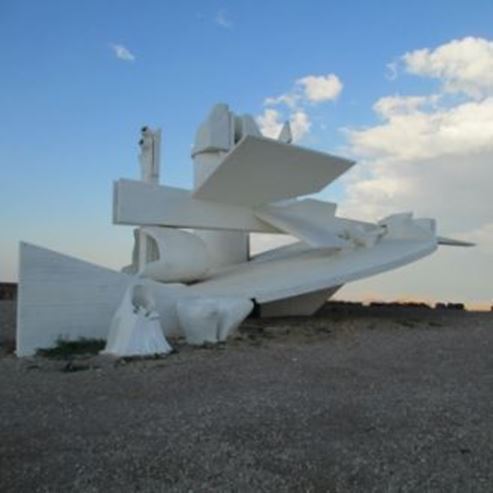
Nearby restaurants


Hashnizelia- Arad
